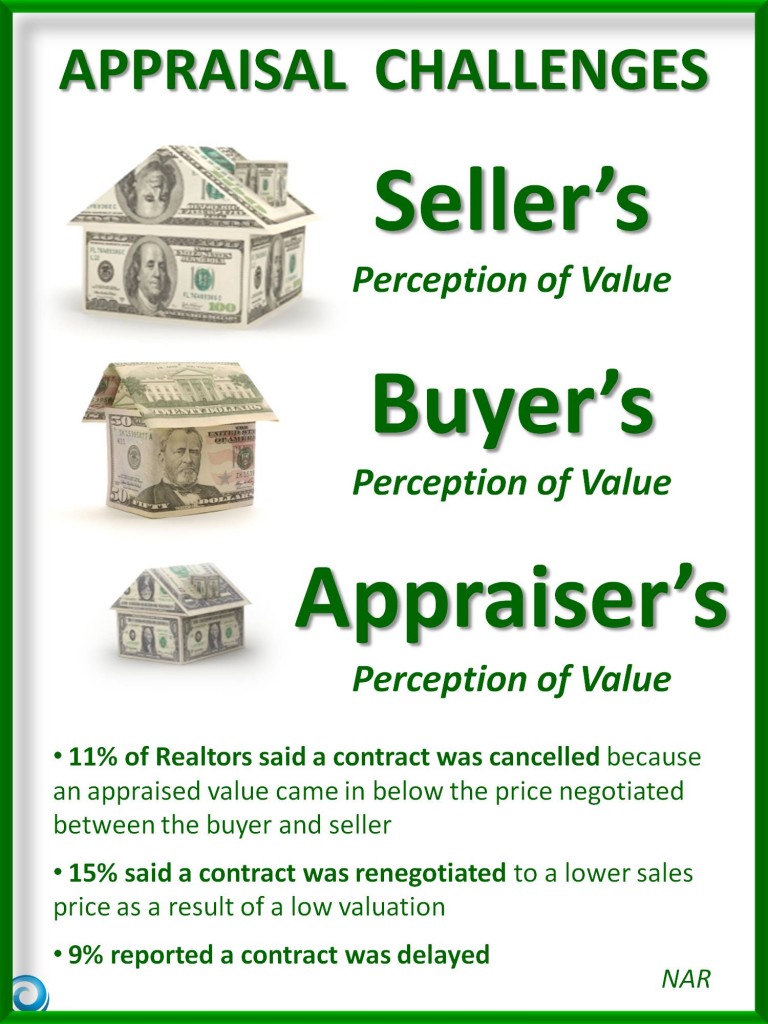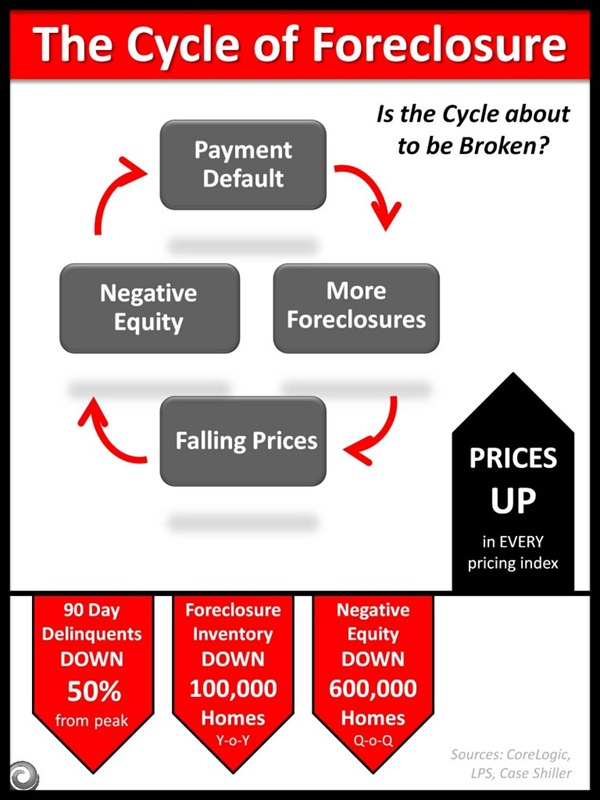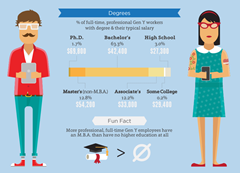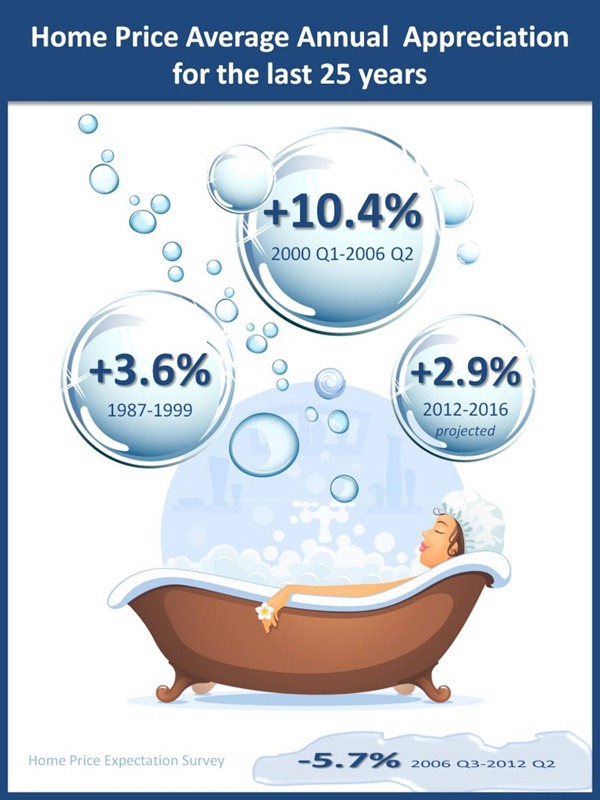 The National Association of Realtors’ (NAR) September Existing Home Sales Report revealed that sales declined modestly, but inventory continued to tighten and the national median home price recorded its seventh back-to-back monthly increase from a year earlier.
The National Association of Realtors’ (NAR) September Existing Home Sales Report revealed that sales declined modestly, but inventory continued to tighten and the national median home price recorded its seventh back-to-back monthly increase from a year earlier.
Total existing-home sales fell 1.7% but are 11% above the pace in September 2011.
Other findings revealed in the report:
-
Existing-home price: the national median was $183,900 in September, up 11.3 percent from a year ago.
-
Distressed homes – foreclosures and short sales accounted for 24 percent of September sales (13 percent were foreclosures and 11 percent were short sales), up from 22 percent in August and down from 30 percent in September 2011.
-
Foreclosures sold for an average discount of 21 percent below market value in August.
-
Short sales were discounted 13 percent below market value in August.
-
Housing inventory at the end September fell 3.3 percent which represents a 5.9-month supply at the current sales pace, down from a 6.0-month supply in August. Listed inventory is 20.0 percent below a year ago when there was an 8.1-month supply.
-
Time on market: the median was 70 days in September, unchanged from August, but down 30.7% from 101 days in September 2011.
-
First-time buyers accounted for 32 percent of purchasers in September, compared with 31 percent in August; they were 32 percent in September 2011.
-
All-cash sales were at 28 percent of transactions in September, up from 27 percent in August; they were 30 percent in September 2011.
-
Investors, who account for most cash sales, purchased 18 percent of homes in September, unchanged from August; they were 19 percent in September 2011.
Single Family Homes and Condominiums and Co-ops
Existing Single-family home sales declined 1.9 percent to a seasonally adjusted annual rate of 4.21 million in September from 4.29 million in August, but are 10.8 percent higher than the 3.80 million-unit level in September 2011. The median existing single-family home price was $184,300 in September, up 11.4 percent from a year ago.
Existing condominium and co-op sales were unchanged at a seasonally adjusted annual rate of 540,000 in September, but are 12.5 percent above the 480,000-unit pace a year ago. The median existing condo price was $181,000 in September, which is 10.0 percent higher than September 2011.
Regional Numbers
Northeast: Existing-home sales fell 6.3 percent to an annual level of 590,000 in September but are 7.3 percent above September 2011. The median price in the Northeast was $238,700, up 4.1 percent from a year ago.
Midwest: Existing-home sales slipped 0.9 percent in September to a pace of 1.10 million but are 19.6 percent higher than a year ago. The median price in the Midwest was $145,200, up 7.0 percent from September 2011.
South: Existing-home sales increased 0.5 percent to an annual level of 1.93 million in September and are 14.2 percent above September 2011. The median price in the region was $163,600, up 13.1 percent from a year ago.
West: Existing-home sales fell 3.4 percent to an annual pace of 1.13 million in September but are 0.9 percent above a year ago. With continuing inventory shortages in the region, the median price in the West was $246,300, which is 18.4 percent higher than September 2011.
Lawrence Yun, NAR chief economist, commented:
“Despite occasional month-to-month setbacks, we’re experiencing a genuine recovery. More people are attempting to buy homes than are able to qualify for mortgages, and recent price increases are not deterring buyer interest. Rather, inventory shortages are limiting sales, notably in parts of the West.”











